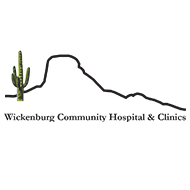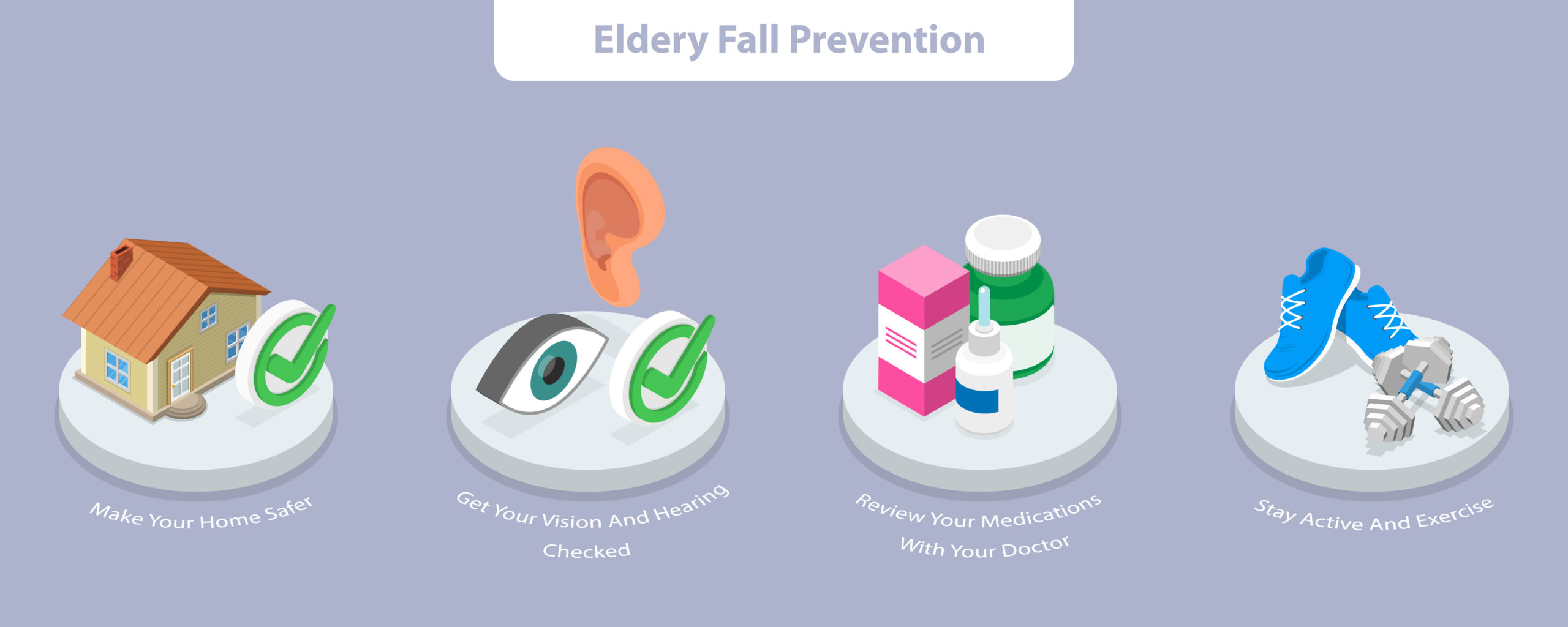By: Bethany Strickland RN-BSN
With cooler weather approaching, leaves are starting to fall off the trees and grounds can be slick so we need to remind ourselves of the risks for injury due to falls. As we get older our eyesight diminishes especially in lower lighting, medications can influence changes in the body through blood pressure changes and heart rate changes in addition to feeling maybe more tired or even dizzy at times. All these factors play a role in balance and coordination which can increase the risks of falling. It is also important to be mindful of obstacles around the house such as area rugs, cluttered walkways and obstructed paths that may cause falls to happen.
1 in 4 people 65 and older falls each year. Things you can do to prevent falls:
1. Speak up. Talk openly with your healthcare provider about fall risks and prevention. Ask your doctor or pharmacist to review your medicines with you.
2. Keep moving. Participate in an exercise program to improve your leg strength and balance.
3. Get an annual eye exam and replace eyeglasses as needed.
4. Make your home safer. Remove clutter and tripping hazards.
5. Ensure grab bars are installed in bathrooms, and stairways.
6. Ensure proper lighting around the house and walkways are functioning.
For more information, visit www.cdc.gov/steadi
Check Your Risk for Falling – Answer Yes or No: Reasons why it’s important also described:
Yes – No
Yes or No – I have fallen in the past year. People who have fallen once are likely to fall again.
Yes or No – I use or have been advised to use a cane or walker to get around safely. People who have been advised to use a cane or walker may already be more likely to fall.
Yes or No – Sometimes I feel unsteady when I am walking.
Yes or No – I steady myself by holding onto furniture when walking at home. Unsteadiness or needing support while walking are signs of poor balance.
Yes or No – I am worried about falling. People who are worried about falling are more likely to fall.
Yes or No – I need to push with my hands to stand up from a chair. This is a sign of weak leg muscles, a major reason for falling.
Yes or No – I have some trouble stepping up onto a curb. This is also a sign of weak leg muscles.
Yes or No – I often have to rush to the toilet. Rushing to the bathroom, especially at night, increases your chance of falling.
Yes or No – I have lost some feeling in my feet. Numbness in your feet can cause stumbles and lead to falls.
Yes or No – I take medicine that sometimes makes me feel light-headed or more tired than usual. I take medicine to help me sleep or improve my mood. Side effects from medicines can sometimes increase your chance of falling. These medicines can sometimes increase your chance of falling.
Yes or No – I often feel sad or depressed. Symptoms of depression, such as not feeling well or feeling slowed down, are linked to falls.
Total the number of points for each “yes” answer. If you scored 4 points or more, you may be at risk for falling
CDC (2021). https://www.cdc.gov/steadi/pdf/STEADI-Brochure-StayIndependent-508.pdf




